Contribution of Fracture Mechanics to Material Design: Part Three
Abstract
Crack arrest in Q+T steels has been caused by large energy required for the fracturing of carbides. Since carbides have large Young’s modulus, the energy spent for their fracture is very large. This mechanism itself is useful, but the costs of such steels are extremely high, and processing window is very narrow. Both facts have determined very limited use of Q+T steels.
Therefore, there was a need for a large scale production of materials with similar microstructure.
First on the laboratory scale, and then on the full industrial scale, a range of completely new steels have been introduced, alloyed with Nb, Ti, V, Zr, B etc. In these steels, a large increase in strength is obtained due to addition of very small amount of alloying elements. Chronological development of the use of microalloying elements in steel is given in Figure 1.
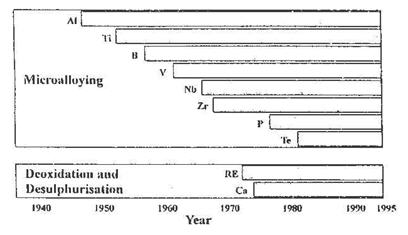
Figure 1: Chronological development of the use of microalloying elements in steel.
Addition of any element can be attributed to price and advantages for thermomechanical processing. In microalloyed steels, a small addition of alloying elements lead to intensive grain refinement and/or precipitation hardening due to precipitation of stable carbides, nitrides or carbonitrides. The main motives for developing microalloyed steels have been:
- significant increase in strength, leading to either lowering the construction weight or increase in carrying capacity;
- thermomechanical treatment;
- a demand on the global market for steel with good weldability for pipelines, where it was not possible to use the traditional way to increase strength and toughness by increasing alloying and carbon content.
Microstructure of microalloyed steels after hot working is typically fine-grained and consists of small and homogenous ferrite (α) grains. Small amount of cementite is also present (low pearlite steel are also used), together with fine dispersed carbonitride particles that can be observed only using electron microscope. The influences of niobium content and grain size on the transition temperature in microalloyed steels are shown in Figures 2 and 3, respectively.
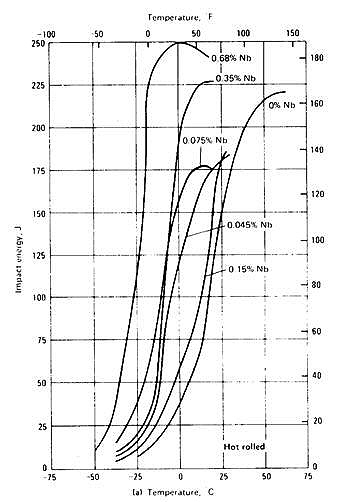
Figure 2: The influence of niobium content on transition temperature.
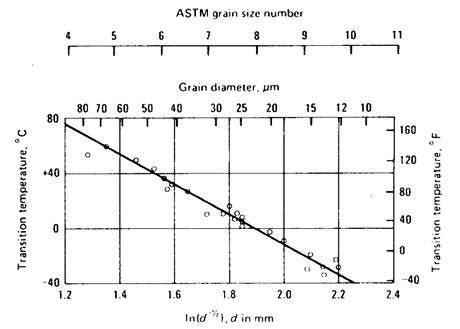
Figure 3: The influence of grain size on transition temperature.
Theoretically, the best combination of strength and toughness can be obtained in fine grained steel by homogeneous distribution of dislocations in homogenous mixture of two phases. One phase should be precipitated within other (combination of coherent and semi-coherent precipitates) in matrix with grain size less than 1μm. This is an ideal case that can be only in a limited scope achieved in microalloyed steels, it is more emphasized in quenched and tempered (Q+T) steels. Since Q+T steels contain some other elements, the role of nickel is of greatest importance. The influence of nickel content on transition temperature is shown in Figure 4.
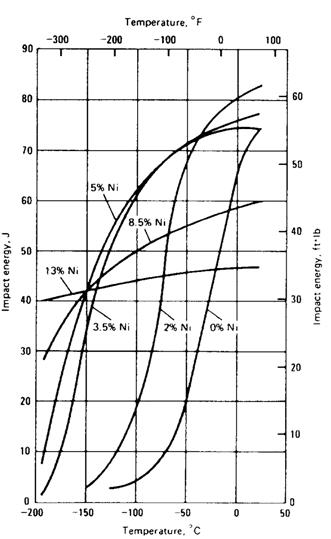
Figure 4: Influence of nickel content on transition temperature in steel.
Figure 5 shows mechanisms for crack arrest in materials, indicating possible ways for the improvement of toughness. Crack deflection and meandering are the dominant mechanisms of crack propagation in steel, confirming the experience that the best combination of strength and toughness has been observed in quenched and tempered steels.
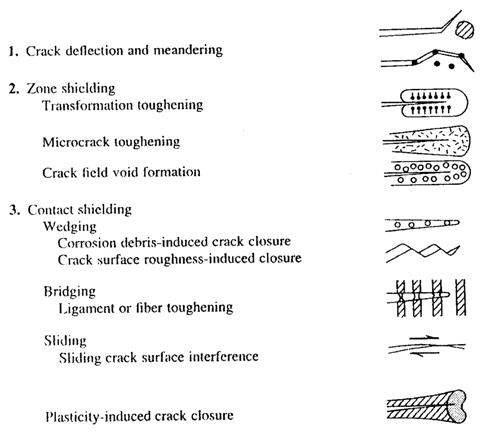
Figure 5: The mechanisms of crack arrest.
Crack arrest in these steels has been caused by large energy required for the fracturing of carbides. Since carbides have large Young’s modulus, the energy spent for their fracture is very large. This mechanism itself is useful, but the costs of such steels are extremely high, and processing window is very narrow. Both facts have determined very limited use of Q+T steels.
Therefore, there was a need for a large scale production of materials with similar microstructure. The answer to the market demands was found in mid-sixties of the 20th century. These steels were, as discussed earlier, named microalloyed, due to very small addition of strong carbide and nitride forming elements, Nb, V and Ti.
The first step in the production of Q+T steels has been quenching, with an aim to produce martensite, i.e. supersaturated solution of carbon in Fe matrix. Further tempering has had following aims: (1) stress relieving, (2) elimination of retained austenite, and (3) precipitation of carbides, usually Cr and/or Mo, V.
Carbides are nucleated both on grain boundaries and within the grains. Finally, this microstructure consists of mixed ferrite and carbides. Large number of very fine and closely distributed second phase particles enables strong dispersion hardening effect. On the other hand, large particles on long distances will diminish effect.
Access Fracture Mechanics Properties of Thousands of Materials Now!
Total Materia Horizon includes a unique collection of fracture mechanics properties such as K1C, KC, crack growth and Paris law parameters, for thousands of metal alloys and heat treatments.
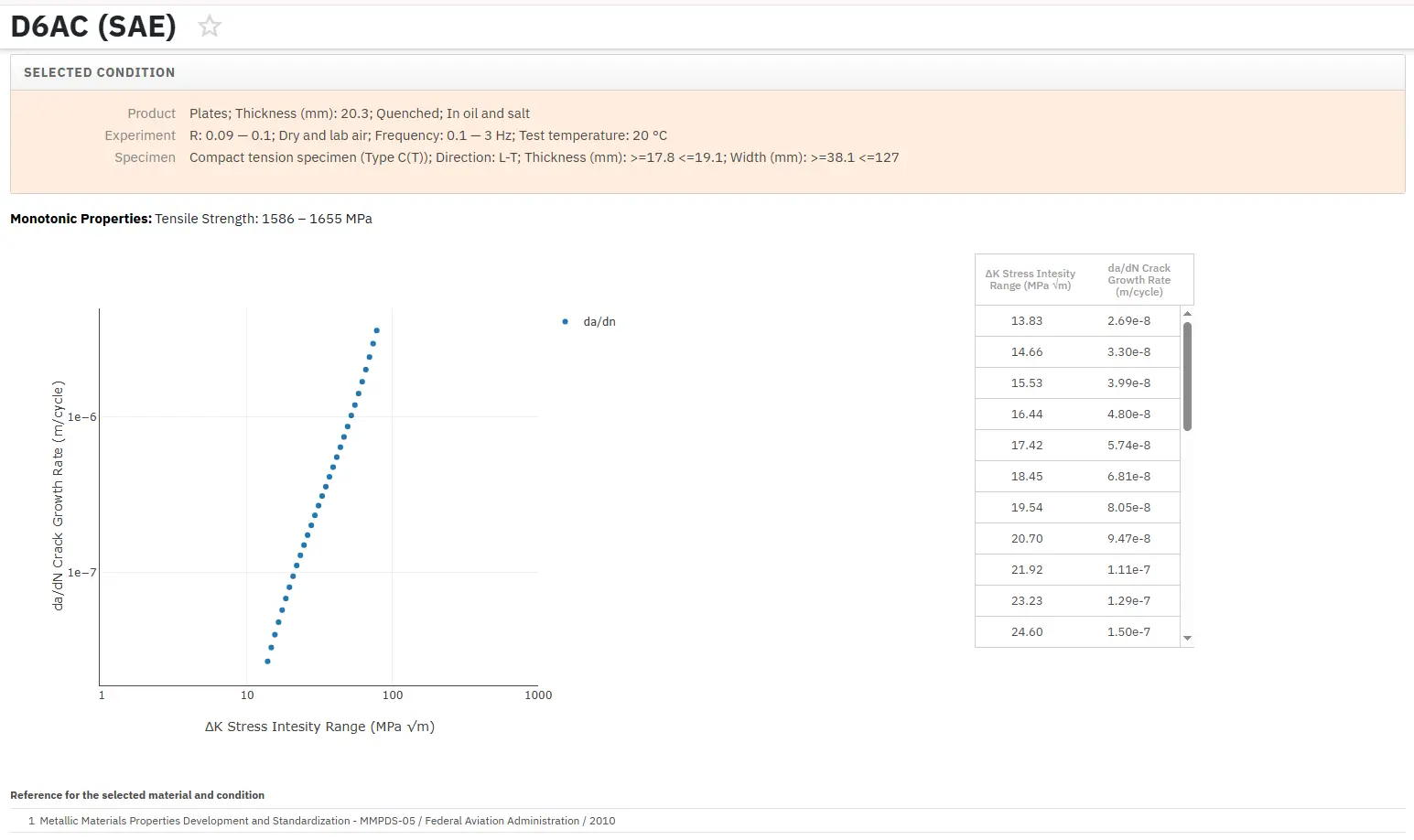
Get a FREE test account at Total Materia Horizon and join a community of over 500,000 users from more than 120 countries.